I discovered productivity hacks very late in my life.
For example, the to-do lists. I had no idea that when you write stuff down, then it’s easier to track them.
Go figure!
At some point in my life, I found Brian Tracy audiobooks.
In one of those books, he talked about to-do lists. That was a completely new thing to me.
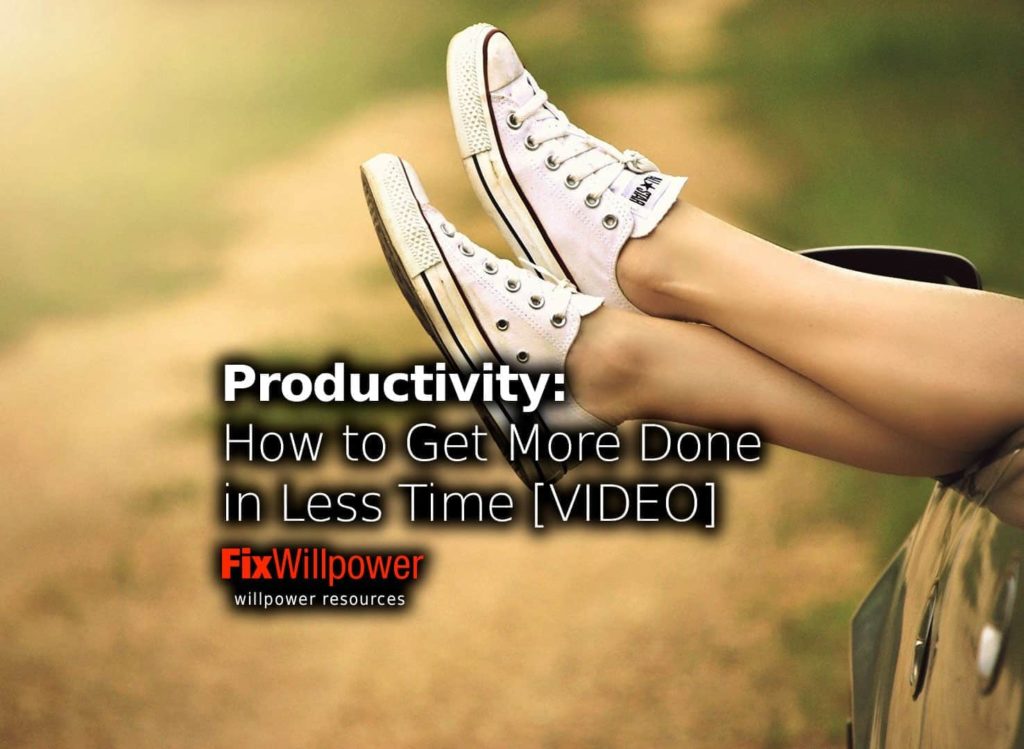
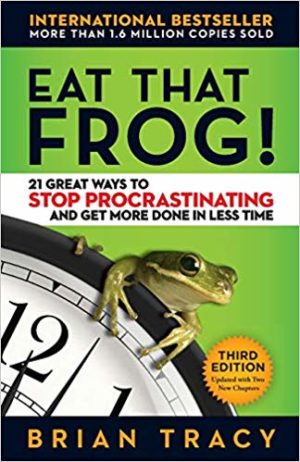
I wrote down my first to-do list with due dates and everything. The list had about 6 weeks of work on it.
I got the list done in less than three weeks, and that included the new stuff I added during the time it took me to complete the list.
Needless to say, I was hooked on improving my productivity.
AI is one of the most important developments in human history. To make sure you don’t get left behind get AI productivity highlights in your inbox!
Productivity
Get more done in less time.
Most of us want to get more done in a shorter time!
Here’s how you can focus on what matters and be less anxious about it.
I will show you how I visualize and manage the tasks I have to do. Get focused and reduce stress.
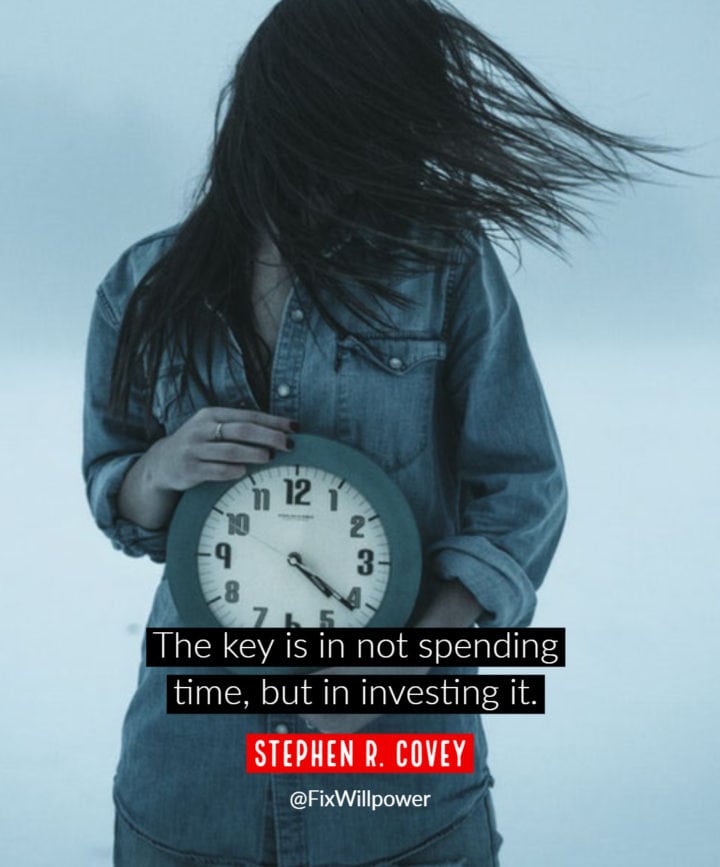
The key is in not spending time, but in investing it. ~ Stephen R. Covey
The results are not about time! Everybody’s got 24 hours. Einstein, Bach, Gates… every one of them got the same 24 hours. The issue is not time. The issue is focus and flexibility.
Don’t keep anything in your head.
Anything and everything that’s meaningful write it down. Write down every single action that consists of more than one step.
- Write down what is the goal.
- Why are you doing it?
- How does done look like?
Then decide what’s the next step.
You need space to think. If you don’t have the mental bandwidth, two additional hours will not help you.
Focus
Ability to shift focus rapidly without being influenced by other areas not relevant at the moment. Don’t take home problems to work or work problems to home. If you are in a mess, you don’t have room to be creative. You will lose perspective, control, and you don’t have the freedom in your head to put focus on the right stuff.
Flexibility trumps perfection.
Life is change, and perfection makes you rigid. Perspective and flexibility, combined with control, will help you be calm and see what is important and needs to be done.
Being flexible means that you can focus on different areas without carrying over the psychological baggage from other tasks.
Testing different systems helped me get more productive
Of course, when you get everything done fast, then you start doing more stuff. Which, in turn, leads to the level of activity the new system can’t handle anymore.
Overwhelm!
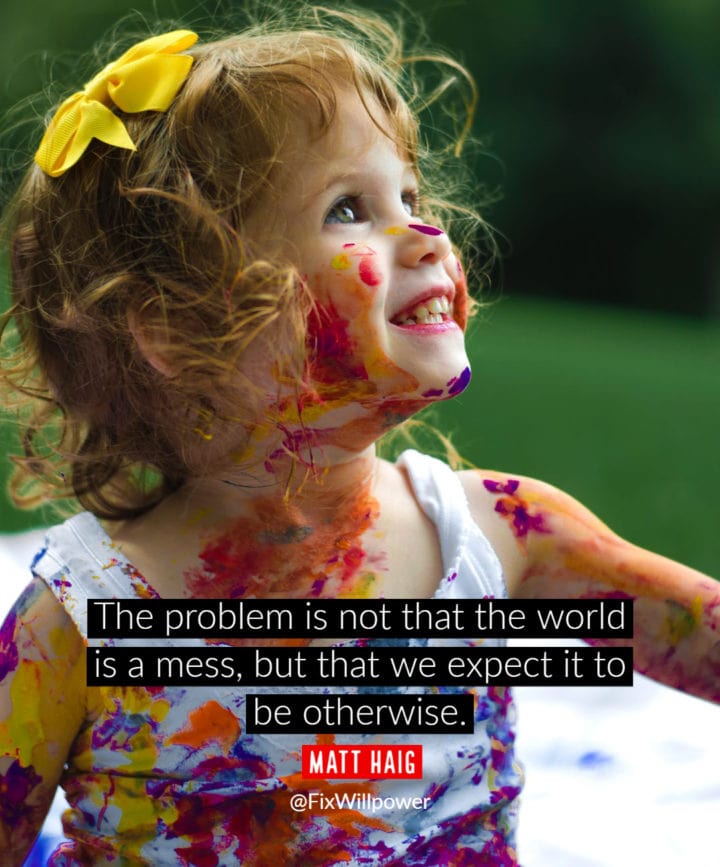
The problem is not that the world is a mess, but that we expect it to be otherwise. ~ Matt Haig
But now I knew that there are tools to fight it.
I have used a lot of different systems over the years. Testing various to-do systems has led me to the sad realization that no tool will do the to-dos for you.
Who would have guessed?
And if you have a system that will lead to more effective working habits, then the time that’s freed up will be filled with more tasks. More on that later.
You will do the filling. It does not matter if you manage yourself or have a boss filling your schedule for you. You decide how much time you carve out of your day for work.
One thing I have always missed in most tools is grasping the whole of it.
Visualizing everything!
However, I have found a way that helps me to cope with the tasks and make them more tangible by having a clear overview of what’s on the list.
First glimpse of 43 folders
Tickler file or 43 folders system has been around for ages. I probably had the first contact with it through David Allen’s Getting Things Done book around 2010 or so. Being a slow thinker, I thought…
Folders.
43.
Filing cabinet… stone tablets.
Nope!
Can’t see how I could make this work for myself.
I’m too disorganized. I can’t drag a filing cabinet with me everywhere I go. Air travel would become prohibitively expensive, for example.
The Productivity Video
In this video, productivity guru and coach David Allen talks about how to have more mental bandwidth and the ability to shift your focus between tasks without worrying about the other tasks at the same time.
His insight is that crisis evokes serenity. Crisis makes you concentrate and engage in what’s important at the moment. In a crisis, you engage. How can you use that to create stress-free productivity in your life?
Are you properly engaged with your projects, your vacation coming up, your family, etc? Or are you thinking about dozens of things at once, not really focusing on any of them?
Same old, same old
I continued my to-do lists as a simple Open Office document with dates.
At one point, I started adding other people’s tasks to my to-do list. I needed to track the work others were doing for me. I had a task list in 9 point font in three columns. My goal was to keep everything on a single page. Most of the time I managed to do that.
Predictably, it got unmanageable.
And then, on February 3rd, 2015, the proverbial lightbulb went on.
Wait a sec; I can organize my existing tasks in a 43 folder way in my existing to-do list.
Yay!
How do 43 folders work?
The idea is to organize the things you need to do into 43 folders. 31 folders for the days from today to one month away and then 12 folders for each month of the year. So, let’s say it’s December 2, your folders will line up as follows:
2 3 4 5 6 7 8 9 10 11 12 13 14 15 16 17 18 19 20 21 22 23 24 25 26 27 28 29 30 31 1
and then you have months:
December January February March April May June July August September November
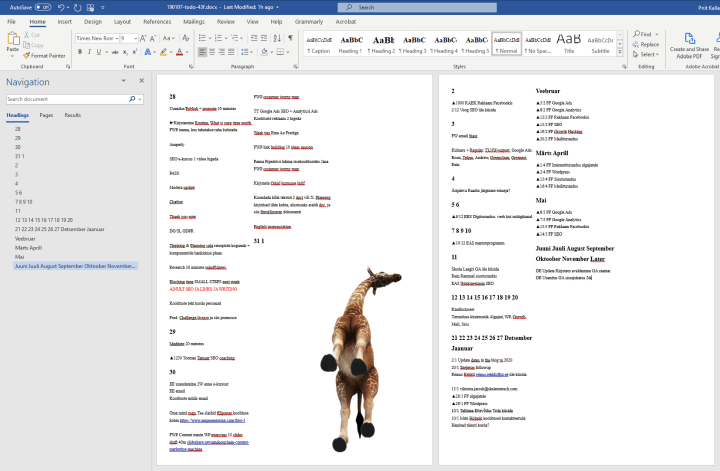
Yes, you have to have a giraffe on your to-do list.
My system for 43 folders
I created the system as a single file on my computer.
A Word document with 43 folders as headlines and to-do items under each headline. I organize the tasks by when I need to work on them.
Let’s say that I need to create a slide deck for the November 10 event and today is November 1st:
- I put “10:00 Event” under heading 10. That’s when the event takes place.
- I add “Create 10 slides” under the date I want to work on it, November 5, for example.
- On November 5th, I work on the slides and hopefully finish them. If done, I will delete the task.
- If the slides still need more work, I will move it to the next date.
This loop runs as long as the task gets completed. (Or until the event is over).
Next, let’s look at how to manage your 43 folders?
Time estimates
How do you know how much time the slides in the previous example will take?
Well, the experience is one thing. But even if you have no clue, then you can add the task to a day that is early enough that you can complete it even if it takes a lot more time than you originally thought.
In the slide deck example, you may think it’ll take you 2 hours. Put the task on a day where you still have time for it, even if it takes 4 hours.
I add SCRUM-like time estimates to each task. SCRUM uses task size that is measured in points. I understand why they do it. As you learn, you get more points done in a set time. In my system, I prefer to work with time intervals. I use 25-minute chunks to grade the tasks. In that sense, the SCRUM point is 25 minutes.
Daily workload
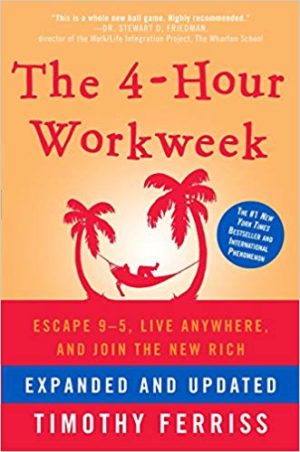
And GaryV thinks you should work all the time you are awake.
That, my friend, is entirely up to you.
First, you will decide what gets on your list. Second, you decide under what date you put the task. It may be for tomorrow or 3 months from now.
When you combine the time that the tasks take with the time you are willing to work, then you have a clear overview of what you can do and what not.
Of course, you can be flexible. If your boss yells at you, you can work late and squeeze one more task into an otherwise full day. Or…
You can say NO
Or you can’t tell your boss that to get one more thing done, something else needs to be moved to a later date. You have a clear overview of what’s on your plate and can use that to accommodate unexpected requests.
You have to focus
Only you can decide on what goes on your list.
With 43 folders, you have a clear overview of what’s on the plate, and you have to cut out everything that does not take your life in the desired direction.
Focus on what’s important to reach your goals.
Ignore everything else.
To do later
I get it that there are things that you want to do sometime in the future. For all those things, you have the section after the last month at the end of the list.
At the end of each month review that section, and if it’s something you want to do, then move it to an appropriate location on your list. If you find that you still don’t have time for it, don’t keep it on the list.
Focus!
Notes and explanation
I rarely make any notes on the to-do list. I try to keep the list as clean as possible. If I have something I need to remember, then I will make that note a task. If I can’t convert the information into a task, then I store that somewhere else.
Daily or regular tasks
There are some things you want to do every day or at least regularly. Meditate, write invoices, read a book, and other regular activities.
When I started with this system, then I wrote the recurring tasks at the beginning of the page. I figured that this way, they would be really visible, and I wouldn’t need to move them all the time.
However, in a few days, I started ignoring those tasks. As I didn’t have to move them to next dates, then there was no feeling of an uncompleted task getting bumped to next date.
If the regular tasks are separate from others, then I tended to overbook my day and had to drop items from the list at the end of the day.
So, regular tasks will go under the date you want to do them, and you move them manually after completion to the next date.
What about huge to-do lists?
What if you have more things to do than you can fit on a single page?
Break the list into two. Just put a page break at the week’s or month’s end. Page break moves all items that are due later than that to page 2. Less immediate clutter helps you focus on what’s right in front of you and lessen your mental load.
The template
It is really simple.
Ridiculous really!
Just a single Word document. I have created an example you can download from here.
Clear your head and avoid multitasking
The whole idea of the system is to make you focus on one thing at the time.
You should cultivate a mindset where you write down everything, and you work on the one thing at the moment.
Forget everything else.
You write down everything else, and deal with it later.
Right now, there is just this one thing you have to get done.
At first, this mindset might be hard to enforce, and you may have distracting thoughts about other to-do items you may have.
Here’s what you can do about it.
Get a sheet of paper and a pen. When you work on something, and a distracting thought occurs, write it down, forget about it, and return to the task at hand.
This technique will let you maintain focus and capture the ideas you may fly through your head at an inconvenient moment.
3 core principles:
- Write stuff down, capture your thinking
- Find outcomes and actions in your thinking
- Map the outcomes and actions, and decide where you want to go
From time to time, take in new data, re-calibrate and correct course for the next leg of the journey.
Be in the moment, single-task, and carve out solid junks of time for important things you need to accomplish.
Be like water. Being flexible means that you have the mental bandwidth to cope with anything that life throws at you.
And make sure you do it now!
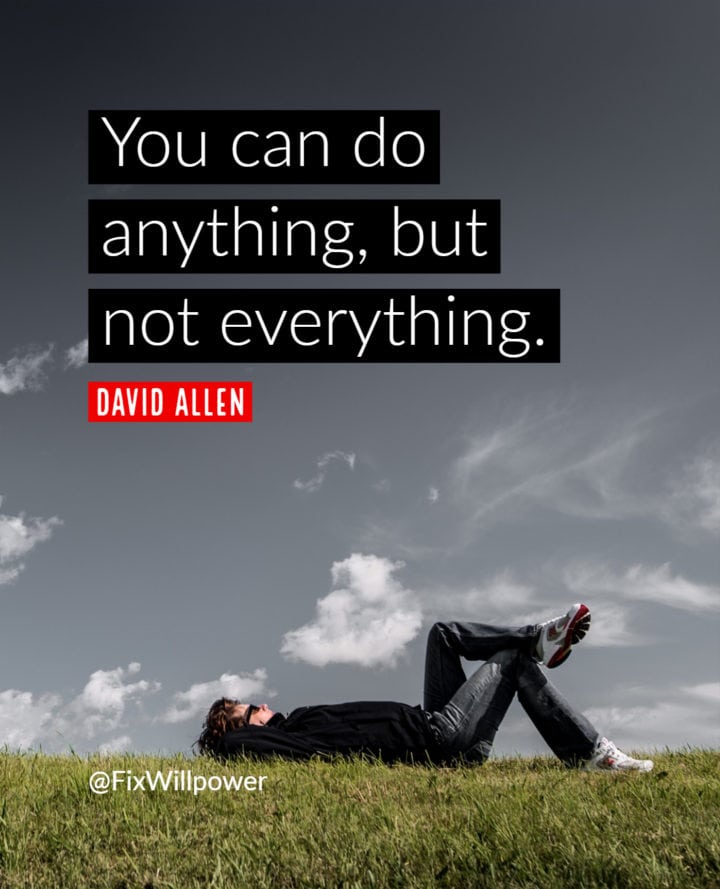
You can do anything, but not everything. ― David Allen
The Productivity book
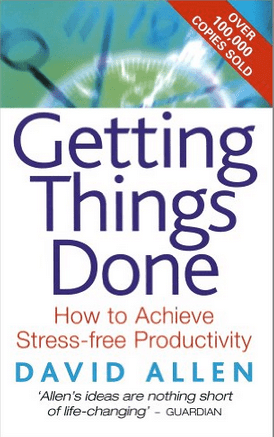
Book Description: Is your workload overwhelming? Does it just keep mounting up while your stress levels reach a fever pitch? In Getting Things Done, David Allen teaches you how to keep a clear head, relax and organize your thoughts while implementing the methods he has introduced at organizations like Microsoft, Lockheed and the US Department of Justice.
Learn the ‘do it, delegate it, defer it, drop it’ principle to empty your in-tray. Handle e-mail, paperwork, and unexpected demands in a system of self-management. Plan and progress projects. Reassess goals and stay focused. Apply the two-minute rule when deciding what to do now and what to defer. Overcome feelings of anxiety and being overwhelmed. With clear and specific methods and advice, David Allen’s tried and trusted formula for business efficiency could transform the way you operate and your experience of work.
____________________
Photo on Visualhunt.com
![Read more about the article Time Management: How to Find Time for Everything You Need to Do? [VIDEO]](https://fixwillpower.com/wp-content/uploads/time-management-429x314.jpg)
![Read more about the article 10 Survival Skills You Need to Make It as an Entrepreneur [2024]](https://fixwillpower.com/wp-content/uploads/entrepreneur-skills-429x314.jpg)
![Read more about the article The power of vulnerability: Brené Brown [VIDEO]](https://fixwillpower.com/wp-content/uploads/vulnerability-worthiness-429x314.jpg)
![Read more about the article 16 Great Willpower Books, Motivation, and Self-Control 2024 [VIDEOS]](https://fixwillpower.com/wp-content/uploads/willpower-books-429x314.jpg)